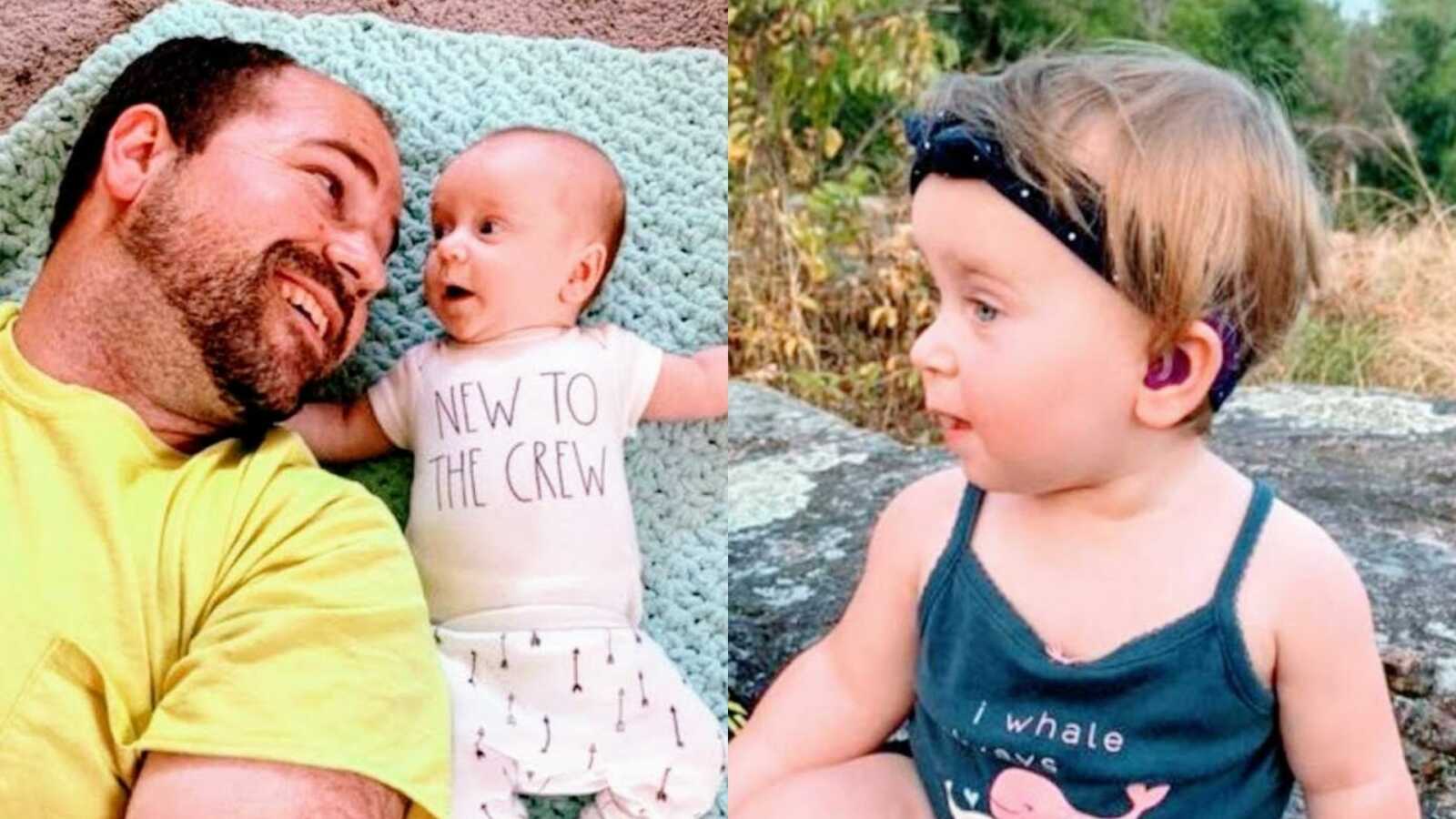“I suppose our story begins the moment we got that first positive pregnancy test. So many emotions came flooding: excitement, worry, fear. I had morning sickness for most of the pregnancy and had to take medication to control it. Greg and I both got a nasty virus when I was about 15 weeks along and it took me awhile to get rid of it. And then, of course, the pandemic. Otherwise, the pregnancy was uneventful until about 35 weeks. The 20-week anatomy scan showed a perfect little baby who wanted to stay curled up so we couldn’t find out the gender. At 36 weeks, my blood pressure was elevated, so my OB sent me for a nonstress test and lab work to rule out preeclampsia. I was also scheduled for a fetal assessment ultrasound the following week. I remember telling one of my friends that the ultrasound was just a precaution and I wasn’t worried. Little did I know, our lives would change forever.
I noticed the ultrasound technician seemed to be taking her time but didn’t think much of it. She told me a doctor would be in to see me shortly and I still naively thought everything was fine. The doctor came in and said, ‘Your baby has hydrocephalus. Do you know what that is?’ She said things like our baby might be mentally handicapped and other things I don’t really remember. I was in shock, all the dreams and happy imaginations of how life would be with our darling baby were gone and in their place was panic and worry. She also told me l would be delivering at the Women’s Hospital, instead of the smaller hospital we had planned on, so there would be every available resource for baby. Also, she would be setting up appointments the following week for Greg and myself to see a new OB, neonatology, neurosurgery and genetics.
We ended up talking to most of the specialists by phone, but the one common theme was they had no idea how bad things would be until baby got here. They prepared us to have baby spend time in the NICU. They were worried baby’s head would grow too big and a C-section would have to be done, so an induction date was planned for the beginning of week 39. Baby couldn’t wait for that and she was born 3 days before the induction. She has always wanted things done her own way! Delivery wasn’t easy with a failed epidural and also a dural puncture, which caused a horrific headache. Baby’s heart rate started to decel with each contraction and then not pick up again. An episiotomy was done to get her earth side faster. Stacey was born with the cord around her neck and didn’t start breathing on her own. A NICU team was there waiting for her and they were able to resuscitate her.
She was surprisingly stable, and after they monitored her for a while, they let her come to the postpartum floor with me. We were there 5 days before we were able to come home. In that time they did a head ultrasound, MRI and lab work for genetic testing. I ended up back in the hospital not 24 hours later due to the pain from my dural headache and preeclampsia. I was there for another 3 days. Finally, I was home and we were able to spend some happy family time together at home. Stacey had a wellness check with her pediatrician and another MRI about a week and half after she was home from the hospital. At the wellness check, her pediatrician told me the MRI showed some of her brain had never developed. That was tough news to hear. Later, her neurosurgeon told us the same thing, but he also said babies brains are amazing and oftentimes the rest of the brain will rewire itself to do the job of the missing piece.
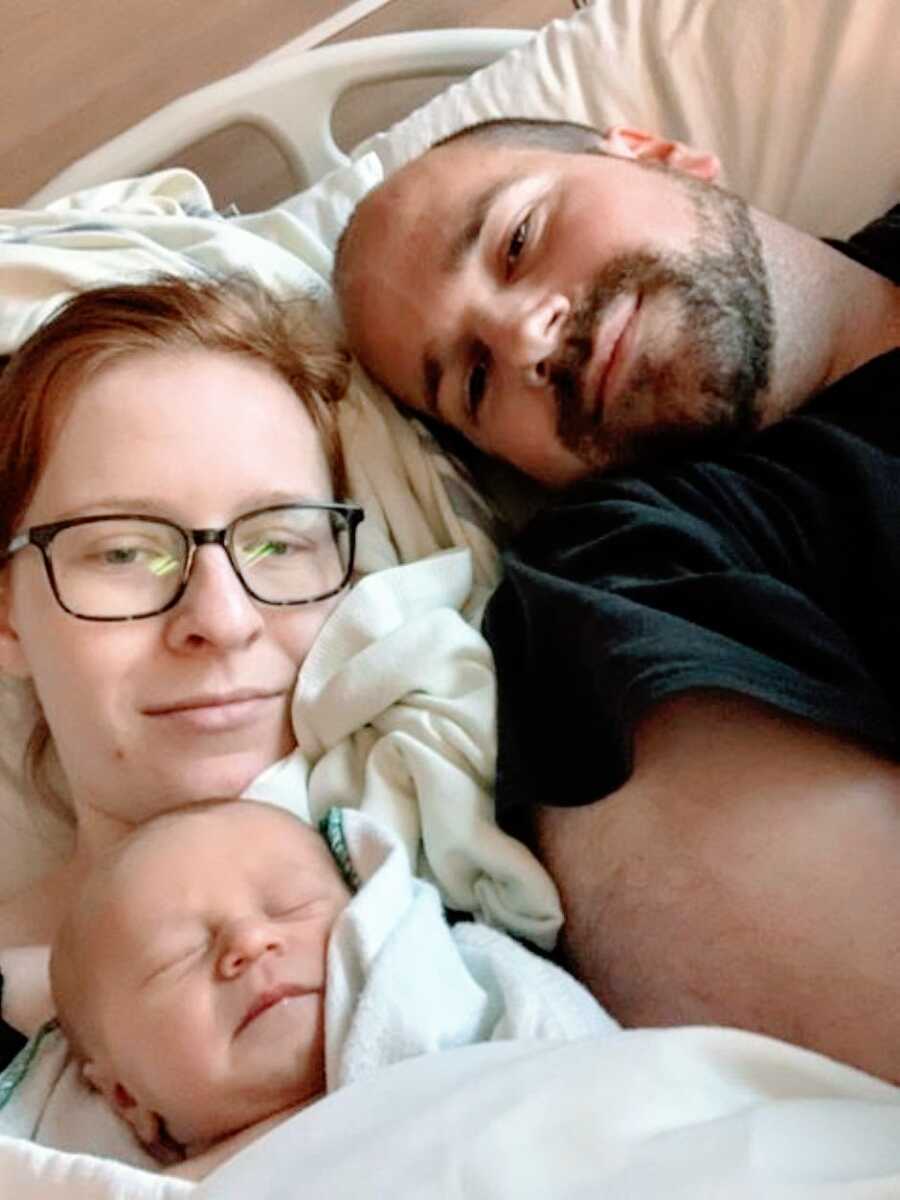
At three months old, Stacey was diagnosed with Chudley-McCullough syndrome. It is a rare syndrome and there isn’t much to read about it. Greg and I are both carriers of the gene and there is a 25% chance it will happen again if we choose to have more children. Interestingly, it was first found in two of Greg’s second cousins and the doctors who discovered it are from our home city. The main symptoms are hydrocephalus and deafness. We were told that if Stacey wasn’t already deaf, she would be by her third birthday. I should say she did pass the newborn hearing test so we believed she could hear and we really held onto the hope that maybe she would be an exception and not lose her hearing. I felt so angry, why us? One of my friends had her baby just days after we got the diagnosis. I remember crying and wondering why they could have the perfect life and we couldn’t.
We were sent for a hearing test that was for children who are at risk of hearing loss. The lady there said Stacey did not pass and she would be referring us to the Children’s Hospital for more extensive testing but that we shouldn’t worry. We really believed she could hear. She would respond in all the right ways. Stacey had a ABR hearing test done at about 4 months. There, they told me she was profoundly deaf. I remember sitting there, holding my sleeping baby and feeling very uneasy when I could hear the noises coming from the ear buds in her ears and she never made any motion that she heard it. I was told all sorts of horrible things that day; she was profoundly deaf, which meant she couldn’t hear much of anything, and hearing aids wouldn’t really help. Her outer ear tested good and the inner ear appeared to be what was damaged. Because of that, cochlear implants would not be an option. Because of Covid restrictions, I had to take Stacey to the appointment by myself. I called Greg on my way out of the hospital just sobbing; how could this be? How could our baby have never heard us talking, singing and reading to her and all the other normal, everyday sounds we hear? I felt so devastated. I’m so thankful for my dear friend who was waiting outside to hold me while I cried.
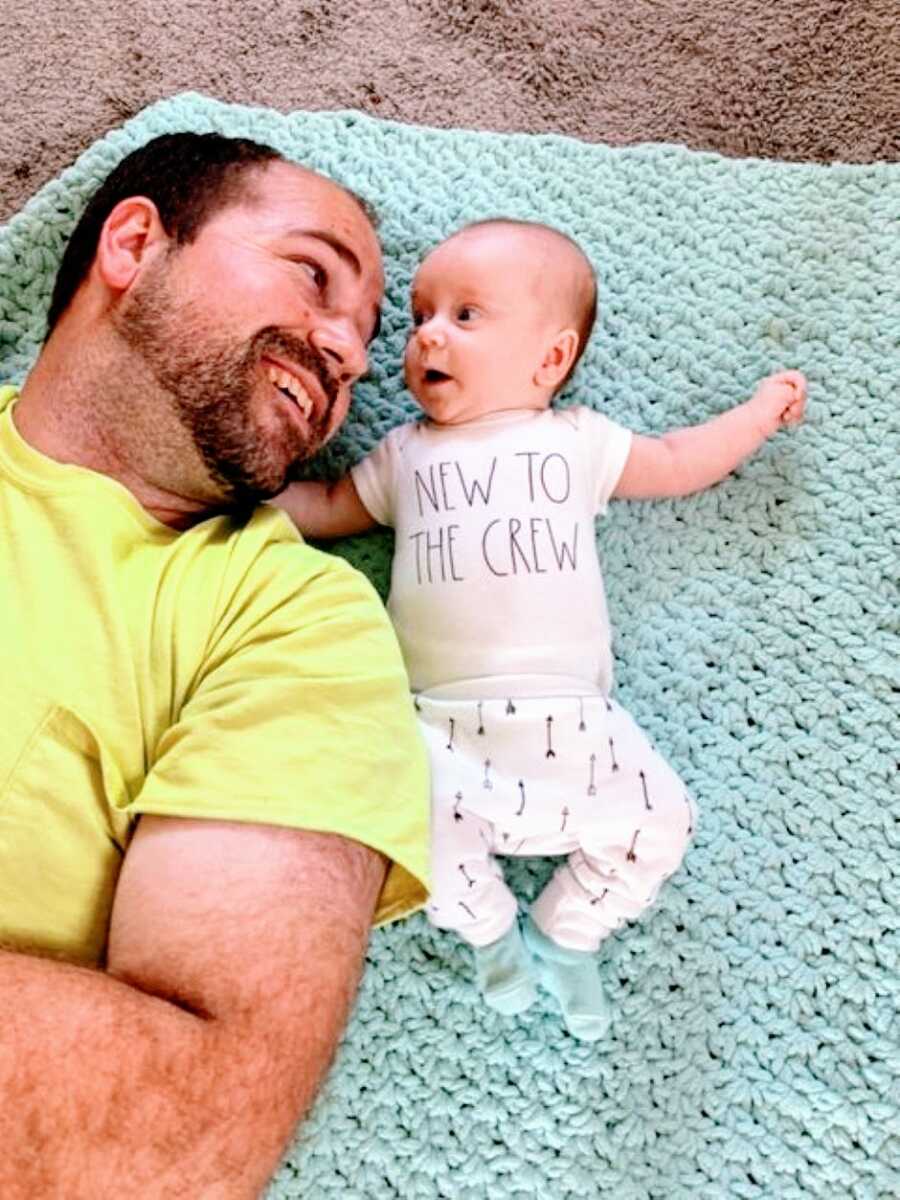
It took some time to adjust and find hope. We talked to the parents of Greg’s second cousins who have the same syndrome. They suggested the central hearing and speech clinic (CHSC) they had helped start up when they couldn’t find the resources they needed for their children. A couple weeks later, Stacey had a second ABR test done and the results were the same. With the information, we had been given we decided to go ahead and ask to be referred on to CHSC. Not long after the second test, we heard from the ENT. He diagnosed Stacey with auditory neuropathy spectrum disorder (ANSD). He told us he would like an MRI done to make sure the hearing nerve was intact. If all looked good then cochlear implants would be an option. Thankfully, it was timed right that the MRI scan of the hearing nerve could be done at the same time as the scan to monitor the hydrocephalus. At 6 months old, Stacey’s neurosurgeon told us he felt it was time to do surgery. He felt that at this point, the benefits outweighed the risks. Most people with hydrocephalus would have a shunt placed. In Stacey’s case there was a cyst blocking the ventricle, so they went and popped the cyst so the fluid could flow through. Surgery went well and she was discharged 3 days later.
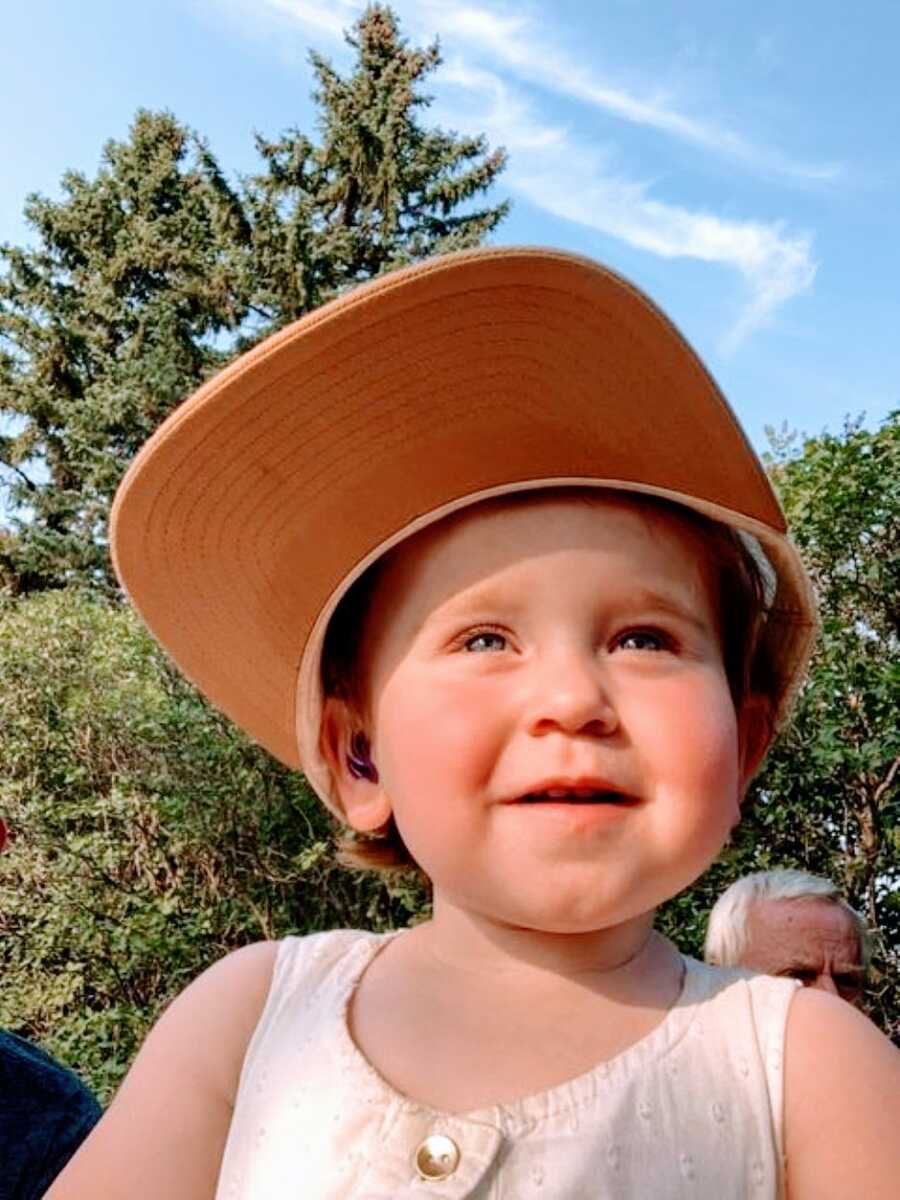
A couple weeks later, after she had recovered from surgery, she was fitted with hearing aids. That was an exciting day. She could hear a little bit for the first time! We were told that cochlear implants were definitely an option as Stacey’s hearing nerve looked lovely. They gave us a brief rundown on what we could expect the next year to look like and much more information. Around this time, Stacey also started doing physiotherapy for torticollis. Her neck muscles were tight on one side, causing her to lie on one side more than the other and, as a result, her head was slightly misshapen. Her head shape did improve some after having the pressure relieved in her brain, but her neurosurgeon still wanted her to get a cranial helmet and do physio to loosen the neck muscles. She wore the helmet for about 4 months. It didn’t bother her at all, but it was a little hard to cuddle her with the big hard helmet on her head. Everyone was so happy with how quickly her head shape improved and we were glad to be done with it just before her first birthday.
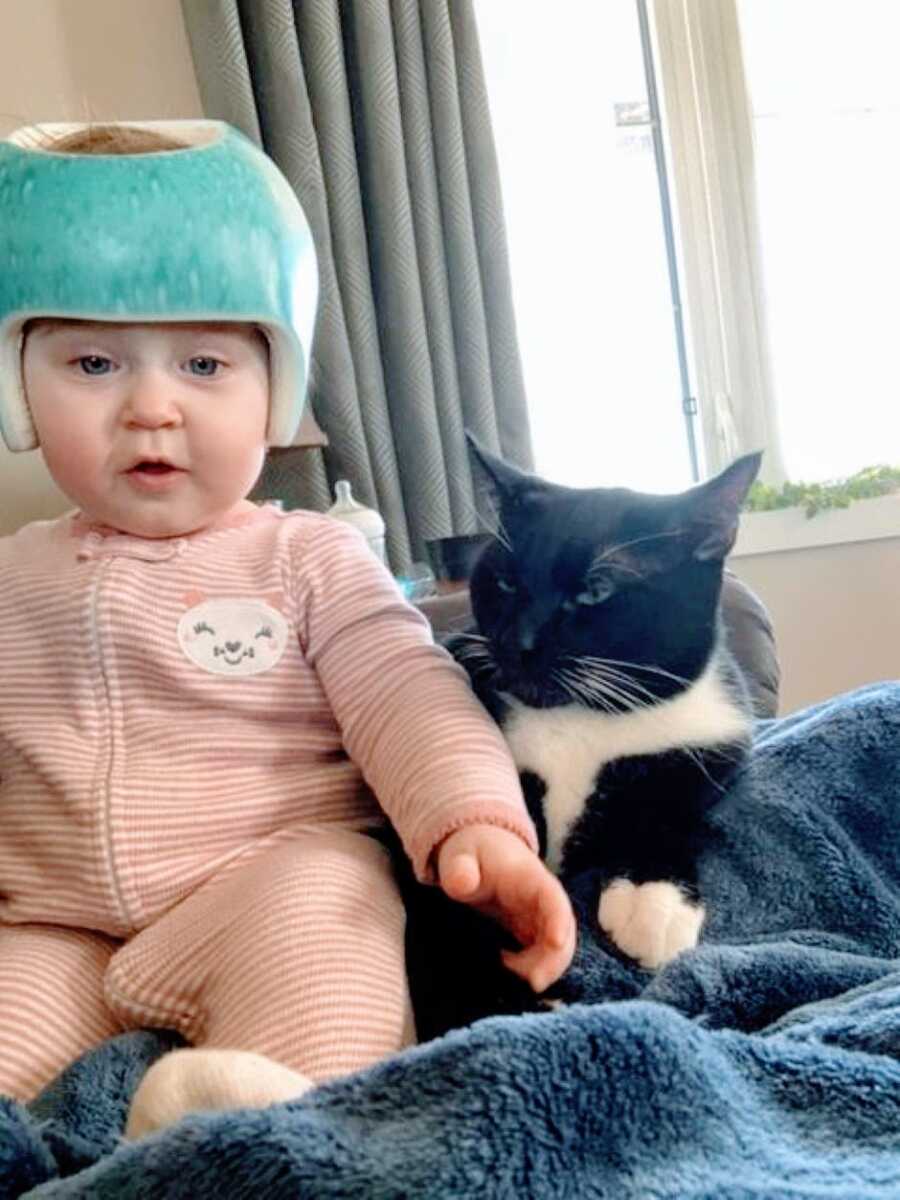
Stacey has continued on with physiotherapy and now occupational therapy has been added to the mix as well. If we take speech out of the picture, then Stacey is only a couple months behind in development. We also do speech therapy. At this point it doesn’t feel like it helps much, but hopefully when she gets her implants the ground work we have laid with this will help her take off quickly. She was supposed to have gotten her implants before her first birthday, but with covid they were delayed, so now we are anxiously waiting for that day to arrive. Stacey will be about 15 months when she will get the surgery for bilateral cochlear implants and they will activate the implants a week later. I can’t wait to see how that day will be and she can hear properly for the first time ever. We are so thankful for our wonderful team of specialists, as everyone has done all they can to make sure Stacey gets the best possible start in life. Some days are harder than others but, for the most part, we are able to stay positive.
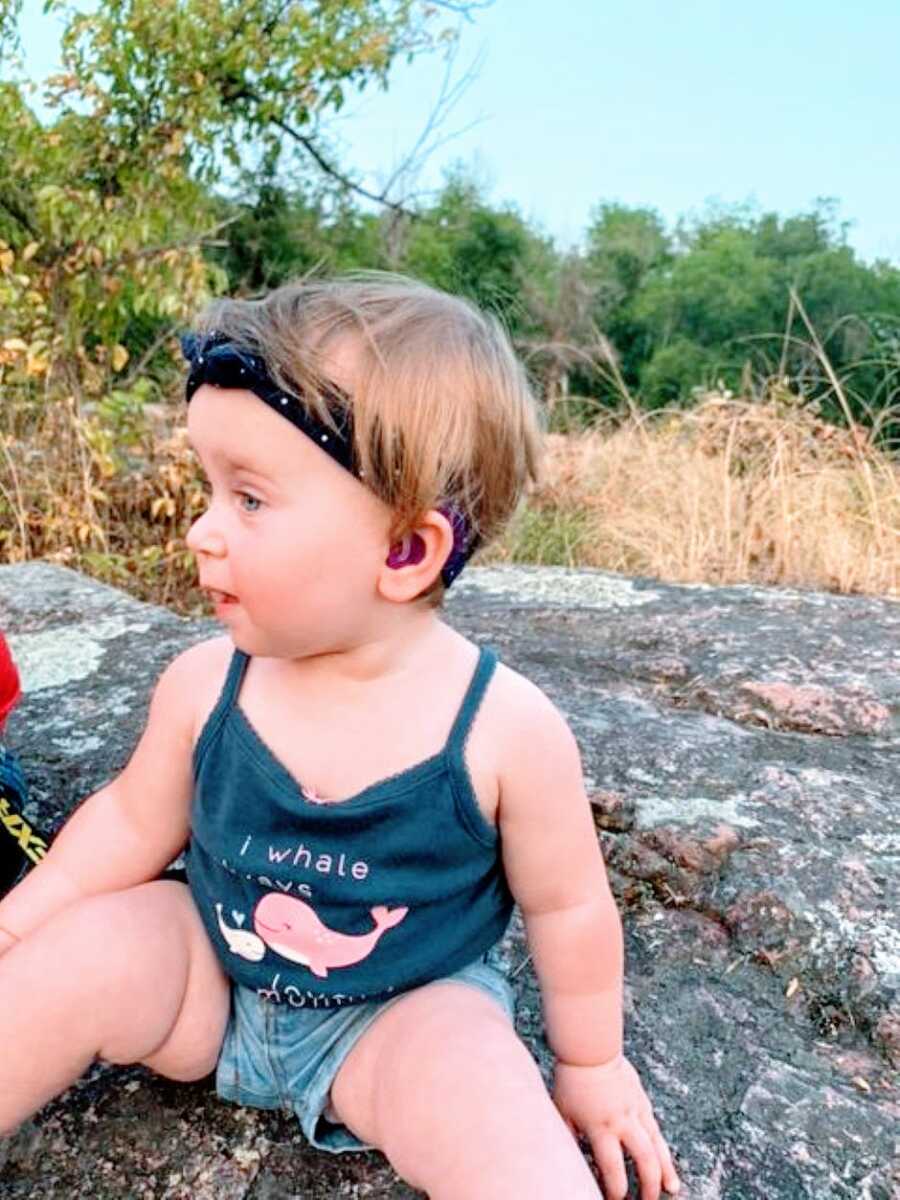
Right now we are excited for her to soon have good access to sound, but there is still that part deep inside me that is scared something will go wrong and she still won’t be able to hear. I try not to dwell on that thought and remember they have had very good success with implants in children with ANSD. It feels like this past year has been a roller coaster of emotions. It has also felt incredibly busy at times. At one point we averaged about one appointment a week, but it has gotten slightly less in the last few months. Stacey is a happy little girl who loves being with people. She is also stubborn and wants to do things on her own. She will face some challenges in life and hopefully with that stubbornness she can face those challenges head on. All indicators at this point would lead us to think she will do very well in life. She is not mentally handicapped like we were told she might be. Once she gets her implants and is able to hear, then her speech should start to blossom. We are so thankful for our family and the community that has been there to support us as we travel this journey.”
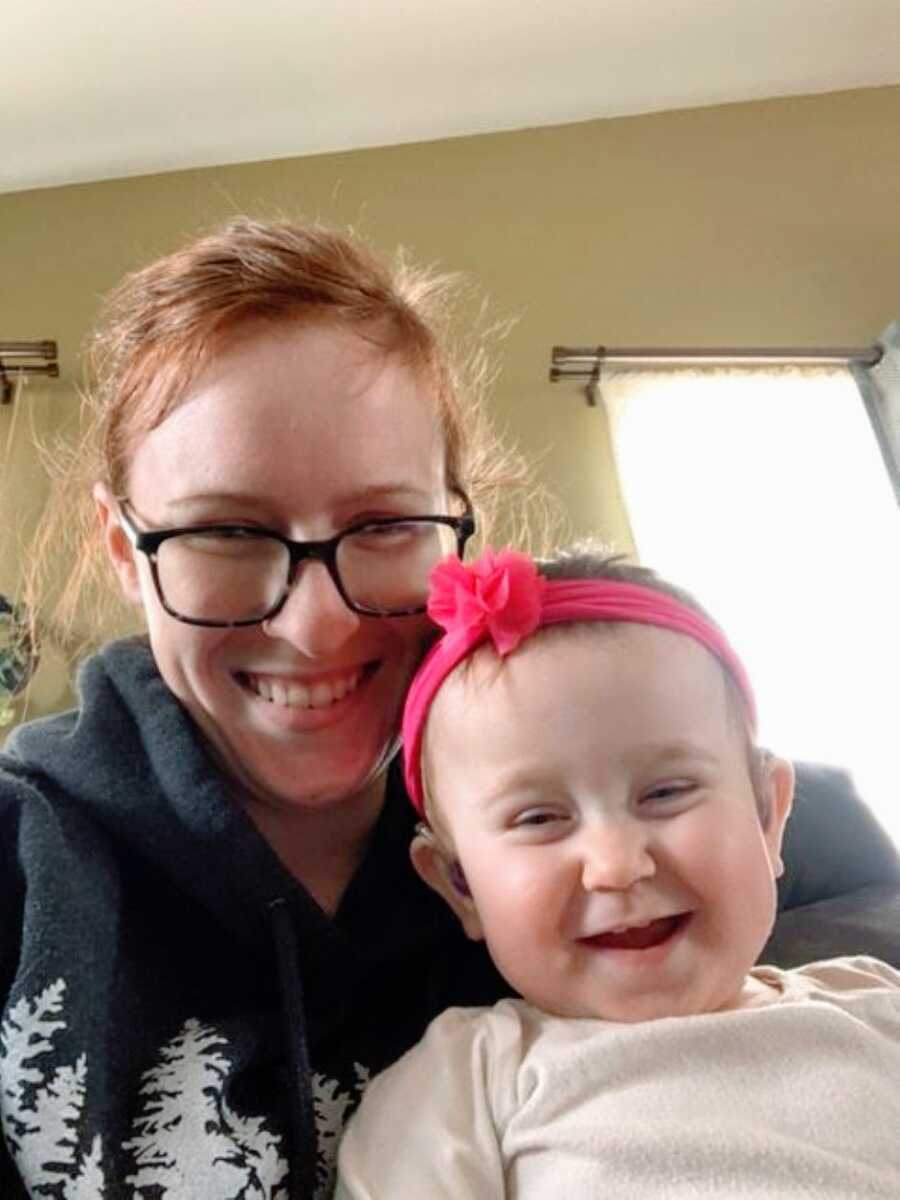
This article was written exclusively for Love What Matters by Jeanette Penner. You can follow their journey on Instagram. Have an amazing story of your own to share? Submit it here, and be sure to subscribe to our free email newsletter for our best stories.
Read more stories like this here:
Provide hope for someone struggling. SHARE this story on Facebook to let others know a community of support is available.

